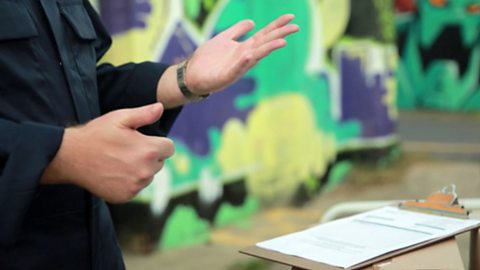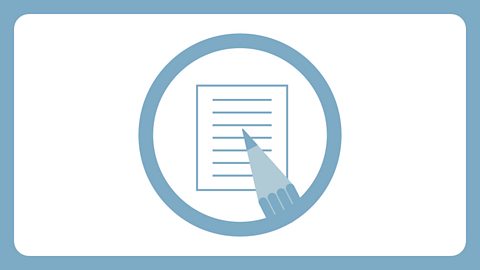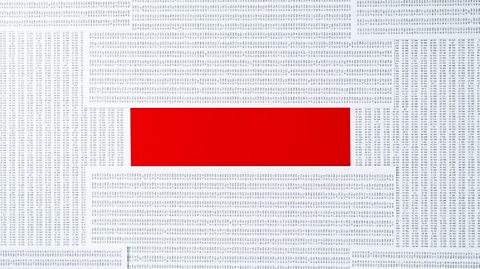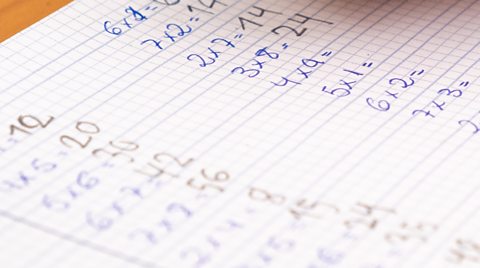Female hairdresser, blond hair, grey dress: I use adding the entire day.
We use it to mix colours, to take bills, to cash up at the end of the evening, to do the wages.
There isn't a bit of the day really where I'm not adding up something.
Male, dark hair, striped tunic: Other examples of when I might use adding is when I'm working out my time sheet, how many hours I've done in the day and how many hours I've done in the week.
Male, white hard hat, glasses, hi vis coat: If you look at it you'll have a breakdown of all the individual elements involved in a floor and you've got to add those up to get the overall thickness.
Male, dark hair, black and white striped shirt: Addition is very important in retail.
For example we have a shirt here which is marked up £40 now and a customer wants a pair of trousers to go with it, this is the final price at 35.
So if he wants the outfit together it'll be a joint cost of £75.
Addition is useful to total up several amounts. For instance a shopping basket or a timesheet. It is the opposite of subtraction.
Quick tips for tutors
Addition includes:
- A one-minute video designed to illustrate purpose and context of the topic with particular examples
- May be used to introduce the topic in class and stimulate discussion around the examples shown
Addition and use of the column method. interactive
Test your addition with this Bitesize interactive guide.

Downloadable Factsheets
Entry 3 - Addition
How to use different methods for addition.

Entry 3 - Hundreds, tens and ones
How to add by separating hundreds, tens and ones.

Entry 3 - Reminders to help you add
Reminders about place value and order for help with mental addition.

Entry 3 - Key words for mental addition
Gives the definition of the words you will come across when dealing with addition calculations.

Entry 3 - Splitting up numbers
How to add by splitting up or partitioning numbers.

Entry 3 - 'Shared': five ways to add (and subtract) in your head
How to remember different methods for adding and subtracting in your head, using the mnemonic 'Shared'.

Level 1 - Rounding addition
How to add by rounding numbers and then adjusting.

Level 1 - Rounding addition methods and examples
Shows how to add numbers by using rounding methods, and gives examples.

Downloadable Worksheets
Entry 1 & 2 - Calculating journey times
An activity in calculating journey times.

Entry 3 - Doubling
Practise carrying out addition using the doubling method.

Entry 3 - Addition additives
Questions for you to check your understanding of addition.

Entry 3 - Hundreds, tens and ones
Practise addition using knowledge of number bonds to 100.

Entry 3 - Addition by splitting up numbers
Practise addition using the splitting up numbers method.

Entry 3 - Empty number lines
Practise carrying out addition using empty number lines.

Level 1 - Correcting addition errors
Correcting addition errors exercise in spotting deliberate errors.

Level 1 - Rounding
Questions for you to practise addition using rounding.



